Using a heat source in the bathroom has been a topic of discussion for so long as people do not know how to go about it or the code requirements for bathroom heaters. The question is, is a heat source required in a bathroom?
By code, a heat source is not required in a bathroom because the bathroom is not considered a living space in a building. It’s only living space such as bedrooms, living room or parlor, and dining. etc., that are required by code to have a heat source.
Table of Contents
Is a Heat Source Needed in a Bathroom?
According to IRC, a heat source is not required in the bathroom; therefore, it is not a must to have a heat source in a bathroom. For you to have a heat source by code, the room has to be a living space that includes where you live, where you eat, and where you sleep. You may have to verify the heat requirements by code in your area to be sure.
Moreover, the fact that the bathroom code does not mandate you to install a heating source in your bathroom doesn’t mean you should not do so if you want. A heat source is important in the bathroom, just as it is important to the room. Indeed, there is so much heat in the bathroom, but a heater will be convenient during the cold season.
You don’t have to spend so much doing that; while buying an exhaust fan for your bathroom, you can purchase one with a heater or get a bathroom heat lamp and save yourself the stress of installing another heat source in the bathroom.
Code Requirement for Heat in Bathroom
By code, IRC requires that every living space, such as a room, living room, parlor, etc., should be provided with a heat source. However, such living space does not include the bathroom, toilet rooms, closets, halls, etc.
According to IRC R303.8, heating is required in every living space in all house only when the winter temperature stipulated in table R301.2(1) is below 60°F (16°C). However, while the room is heated up, it should maintain a maximum of 68°F (20°C) at a point 3 feet (914 mm) above the floor and 2 feet (610 mm) from exterior walls.
Importance of Heat Source in a Bathroom
There are several important benefits we get from heating our bathroom. These benefits are:
To Eliminate or Control Code: During cold seasons, heating the bathroom is very important to eliminate the cold or better control the cold. There is this time of the year when everything is freezing, even water. To the extent that even if you are bathing with warm water, it will get cold while you are still bathing, and then, you’ll start feeling cold again.
But with a heat source in your bathroom, you won’t have to feel cold even if you bathe with cold water during the cold season. It will help control the cold or minimize the rate at which you get cold.
Imagine having a bathroom exhaust fan that comes with a heater. Because bathroom exhaust fans are usually on while showering, you can even decide to turn on the fan before bathing to heat the bathroom.
One exciting attribute about exhaust fans that come with a heater is that it comes with a different socket with which you can control the heat while showering and a different socket for the fan.
When cold in bathrooms is controlled, damps are also controlled. If you allow frequent cold in your bathroom, it will attract dampness which survives in a humid environment. Trust me, attracting dampness is the last thing you would want in your bathroom because it’s not pleasant at all.
If the bathroom gets too cold all the time without being properly ventilated or heated, it’s only a matter of time before molds caused by dampness appear on your walls and tiles. Therefore, having a heat source in the bathroom is one way by which you can prevent such. Also, that is why a heat source is essential to the bathroom.
How to Heat a Bathroom
Heating a cold bathroom is very simple because you have at least five heating options available to warm your bathroom during a shower during cold days. These five heating sources for the bathroom include:
- Bathroom exhaust fans with heaters
- Towel rails or towel radiators
- Panel heaters
- Electric heaters
- Underfloor heaters
Bathroom Exhaust Fans with Heaters
Getting a bathroom exhaust fan with a heater is my number choice because it is much more comfortable. Instead of spending extra bucks trying to buy and fix towel rails, you could buy an exhaust fan with heating features and install it once and for all. The heating and fan have different control enabling you to control them independently.
Towel Rails or Towel Radiator
A towel rail is a common form of heating a bathroom during cold times. Though it is ideal for large bathrooms, towel rails provide enough heat to keep your bathroom warm and dry your towel after use. It will ensure that every piece of clothing in hanged on the rails is warm and dry.
Panel Heaters
Panel heaters are another means by which the bathroom can be warm. It comes in a variety of designs and sizes for you to choose from. It can be horizontal or vertical. It’s one of the ideal heaters suitable for both small and large bathrooms.
Electric Heaters
Electric heaters make use of towel rails plugged into the electricity. They are called electric towel rails because they work with the help of electricity. Why buy this type of heater that occupy space in your bathroom when you can buy an exhaust fan that has such a feature?
Underfloor Heaters
Underfloor heaters make use of a dry system, which uses electrical wiring, and a wet system, which uses hot water to heat your bathroom floor through pipes connected to your central heating.
Things to Consider Before Buying Bathroom Heaters
Before purchasing any bathroom heater, there are certain things you need to have in mind. They are:
The Bathroom Size
It would be best to consider how big or small your bathroom is before buying any heating source. It is very important because you don’t want to buy a bathroom heater that will not warm the bathroom while you shower.
How Much They Cost
You need to know how much you have in your pocket or how much you are willing to spend on any heat source before starting the journey. Bathroom exhaust fans with heaters will be more expensive than the standard exhaust fans without a heater. You need to do that and make the budget before buying.
Bathroom Zones
Before buying and installing any heater in your bathroom, it is always vital to have the bathroom zones at the back of your mind. If you don’t know what bathroom zones are, the zones explain the risk level of water touching or getting close to an electrical supply. These different bathroom zones are to be considered when buying and installing a bathroom heater.
The different bathroom zones are:
- Zone 0: These are the areas inside the bath or shower cubicle.
- Zone 1: These are the areas up to 2.25m above the bath. They are areas directly above the bath and shower.
- Zone 2: These are the area above the shower cubicle but are extended to 0.6m around the bath or shower vertically or horizontally.
- Zone 3: These are the area outside the zones where water is likely to be used or touch anything. It is usually close to the ceiling or the ceiling where bathroom exhaust fans and light bulbs are placed.
Final Thoughts
Installing a heat source in the bathroom is not against the law, especially if your area does not require you to do so by code. It will become a problem if you install the heater where you are not supposed to install it by code.
Heating your bathroom is something you can do even if your area code does not mandate you to do so. However, it might be a problem when your area requires you to do so, and you didn’t do it. A house inspector may fail you because of that. Verify and decide which one you prefer and go for it.

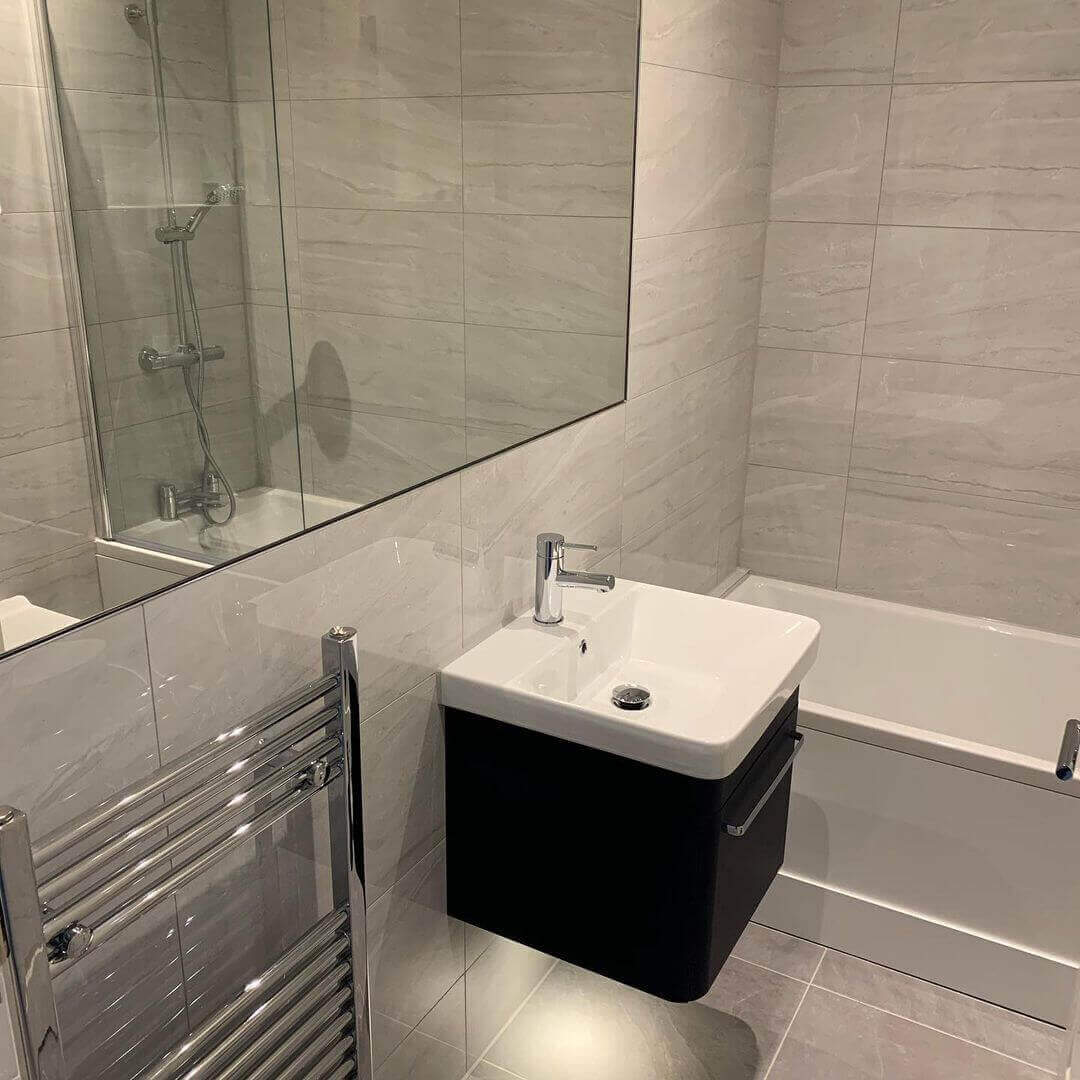
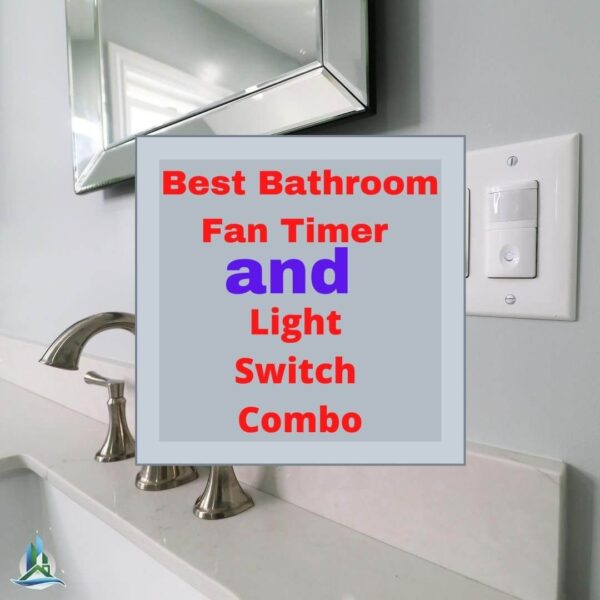
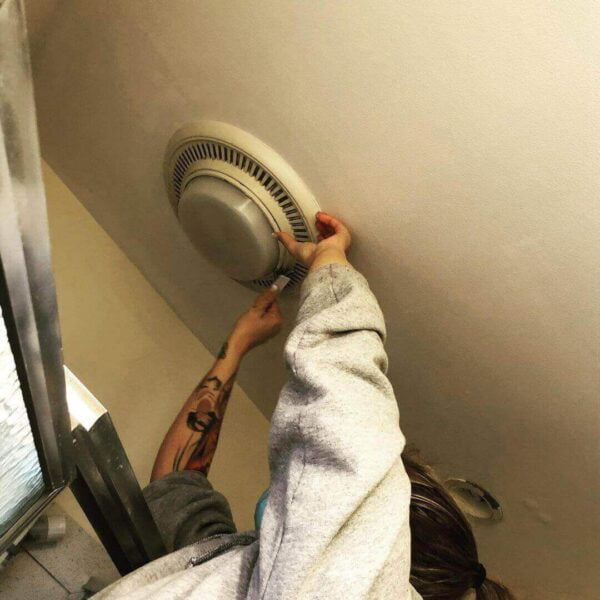
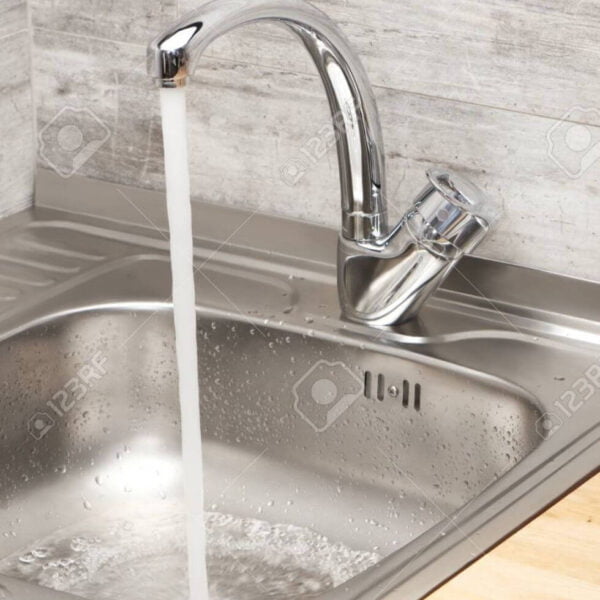

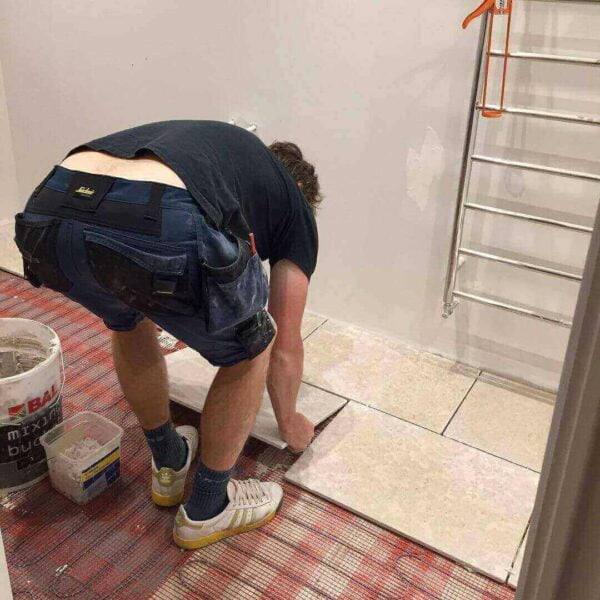

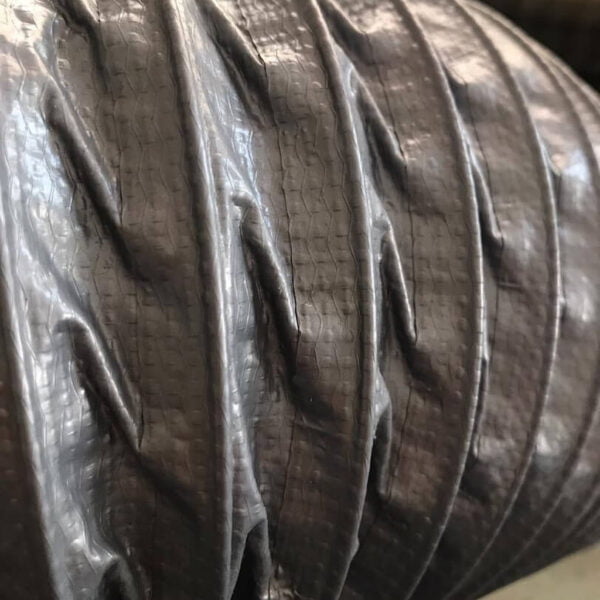
Leave a Comment